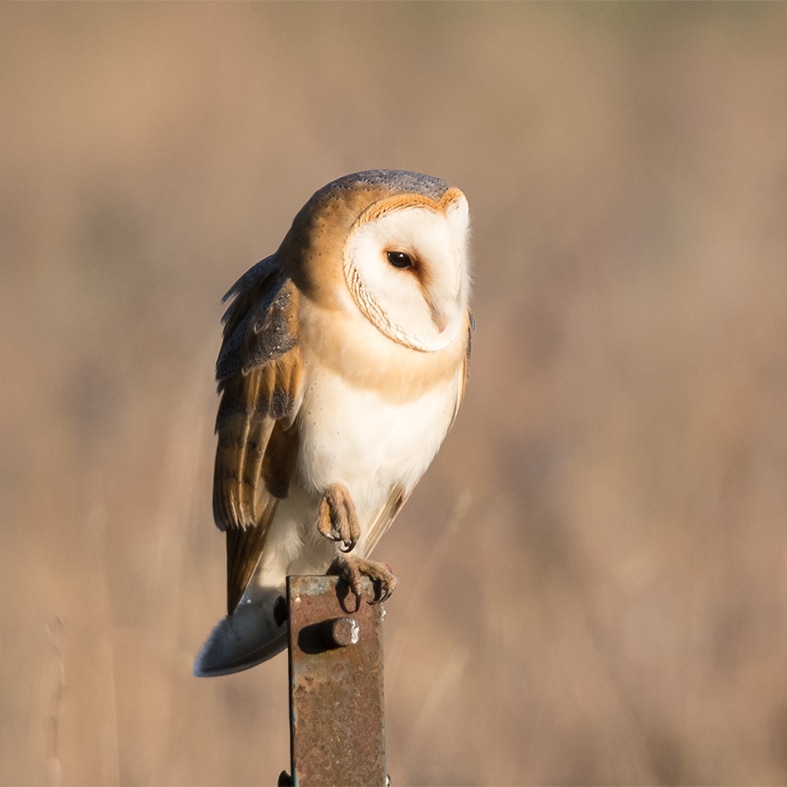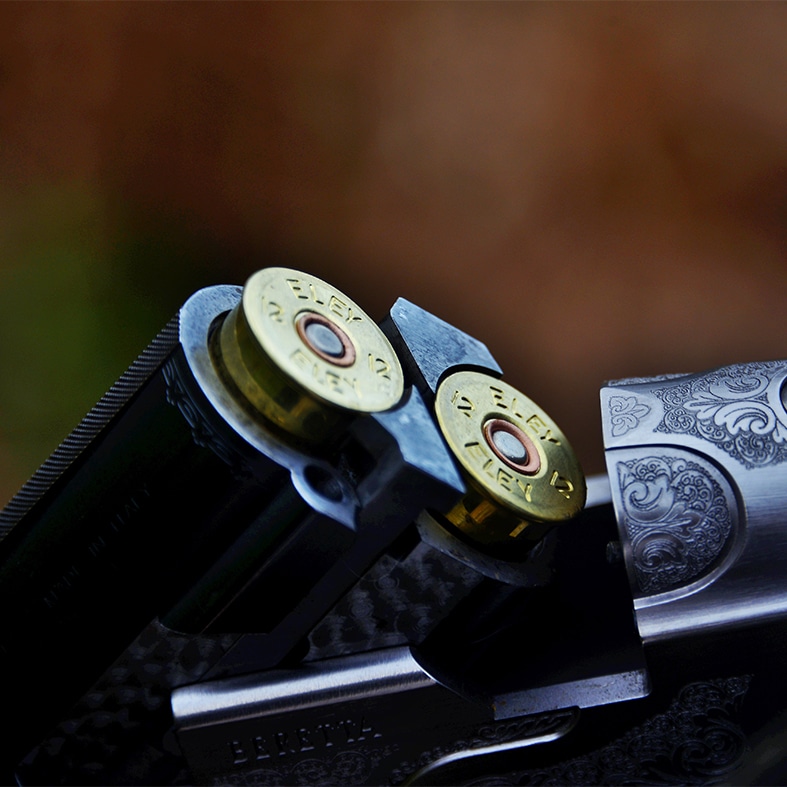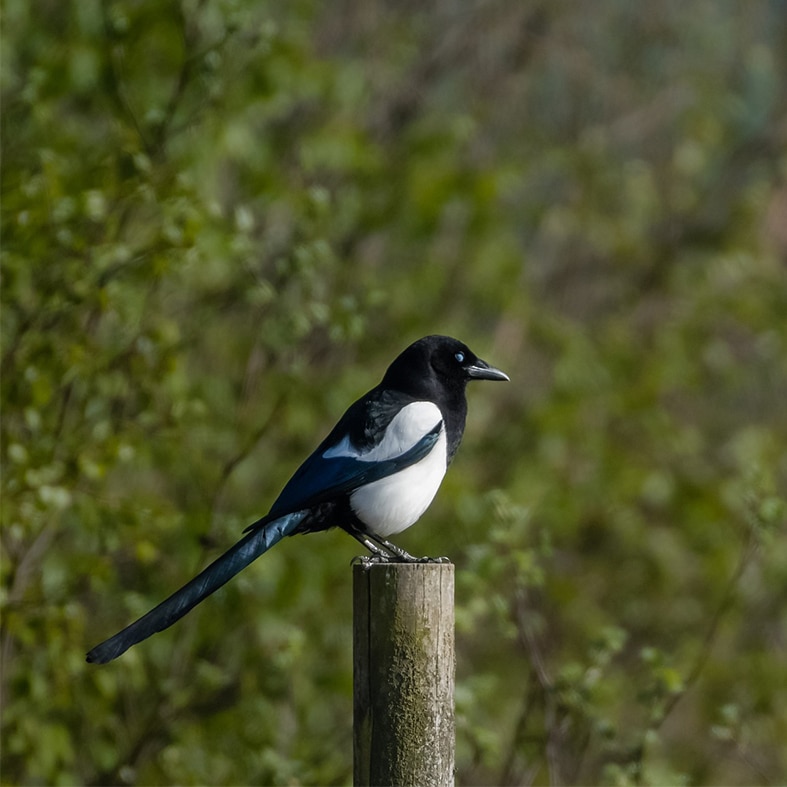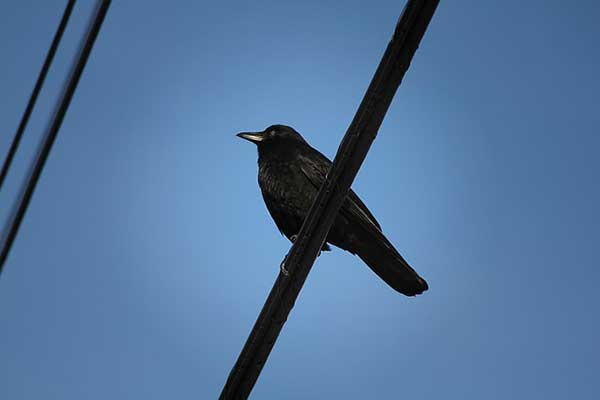

- - Features
- - Features
Air rifle shooting: supporting red squirrel recovery
Air rifles have become an increasingly valuable tool in grey squirrel control, says the Red Squirrel Survival Trust.
Until around 30 years ago, red squirrel conservation and the need to control the grey squirrel – a non-native invasive species – were issues that remained largely overlooked.
By the 1990s however, conservationists began to realise two critical issues:
- The native red squirrel population was declining at an alarming rate
- Efforts to restore native broadleaf woodlands were under threat
While foresters and landowners were long aware of the damage rabbits and deer could inflict on young trees, the impact of grey squirrel damage went unrecognised until the latter half of the 20th century.
It wasn’t until the early 1990s and 2000s that volunteer conservation and shooting groups began to form, taking action to manage grey squirrel populations. These dedicated community groups focused initially on trapping and shooting grey squirrels in red squirrel areas.
Today, as concerns about tree health continue to rise, efforts have expanded across much of the UK, especially in England.
The challenge of removing grey squirrels
Controlling grey squirrels is a time-consuming and resource-intensive process. Trapping has long been the most common control technique, but it has limitations:
- Trapping season: most effective between March and early September
- Monitoring: traps must be checked frequently to prevent stress or injury to captured animals
- Trap avoidance: grey squirrels can become trap-shy over time
- Kill traps: sometimes used in grey-only areas, but discouraged due to risks to other wildlife
The role of air rifle shooting in conservation
In recent years, air rifle shooting has become an increasingly important and effective method of grey squirrel control. Initially, landowners were hesitant to allow shooting on their property, but growing evidence supports it as a humane, efficient and species-specific technique when carried out responsibly.
There are three main contexts for airgun use in red squirrel conservation:
- Dispatching trapped squirrels: using an air rifle or a pistol as an alternative to cranial dispatch
- Static shooting at feeders: from around 25 yards with a secure backstop
- Free shooting in woodland canopies: particularly effective in winter when foliage is sparse
Shooting offers a year-round, controlled solution.
Shooting greys at feeders: safe, effective and humane
Shooting at feeders with a backstop is a popular choice. Mobile hides and feeder setups are lightweight, transportable and easily relocated to problem areas.
A sub-12ft/lb air rifle, zeroed to 25 yards, is ideal for this work and does not require a licence in England or Wales (though landowner permission is essential).
Beyond its safety benefits, shooting also reduces the risk of squirrel pox virus transmission, which is a significant threat to red squirrels. Unlike trapping, where equipment must be disinfected after each use, shooting eliminates cross-contamination risks and is far less labour-intensive.
Data from community groups shows that shooting can achieve significantly higher control rates than traditional trapping, often by severalfold. This is vital for groups working with limited time and funding.
Dispelling myths about grey squirrel culling
Recent comments from some high-profile conservation figures have suggested that grey squirrel culling is futile. However, such claims ignore decades of hard-won progress.
Without the relentless efforts of volunteer groups – through ethical trapping and air rifle control – the red squirrel would likely have vanished from the UK entirely.
These community initiatives are the backbone of native species recovery and woodland protection, delivering measurable conservation results where others offer only theory.
Get involved
Through the shooting community working together with organisations such as the Red Squirrel Survival Trust, we can ensure a healthier, more balanced environment for future generations of wildlife. You can get in touch with the trust by emailing info@rsst.org.uk if you are interested in finding out more information in the areas of:
- learning more about grey squirrel management in your area;
- supporting red squirrel conservation;
- helping protect our native woodlands; or
- finding certified air rifle training courses for conservation work.
Share
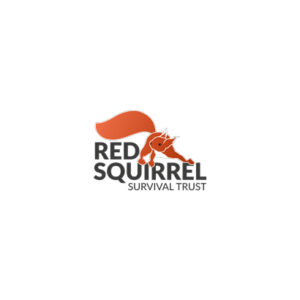
Red Squirrel Survival Trust
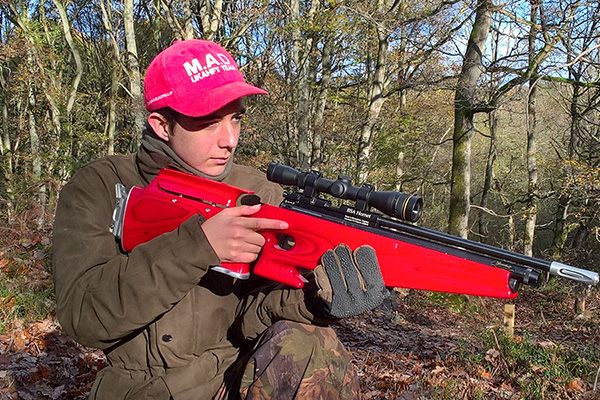
From plinking to podiums: navigating the world of airgun competitions
Airgunning has something for everyone, from local club shoots to national competitions. Find out everything you need to know here.
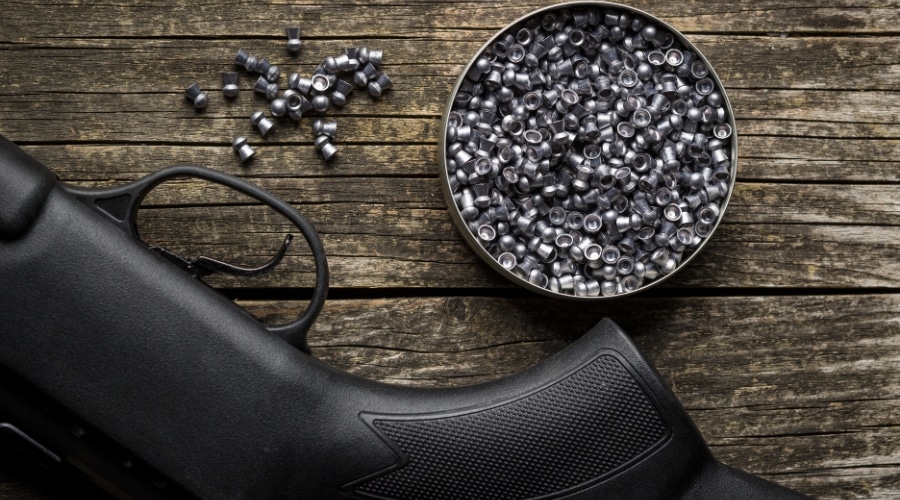
New HSE consultation launched on lead ammunition
A HSE consultation on the outdoor use of lead ammunition in England, Scotland and Wales revises previous proposals, removing restrictions on the use of lead airgun pellets.
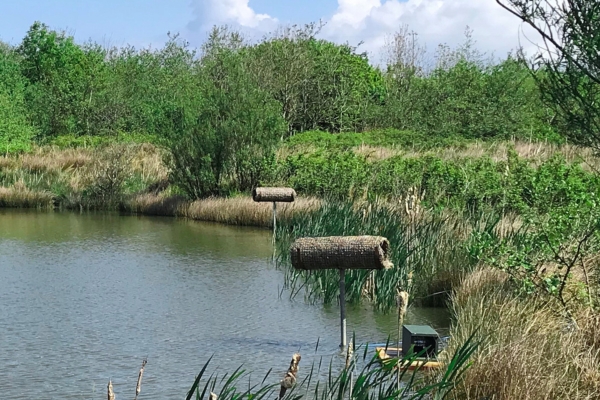
Taw and Torridge wildfowlers cause a stink for mink
Taw and Torridge Wildfowling Club has recently launched a mink control programme as part of its wider conservation efforts.

